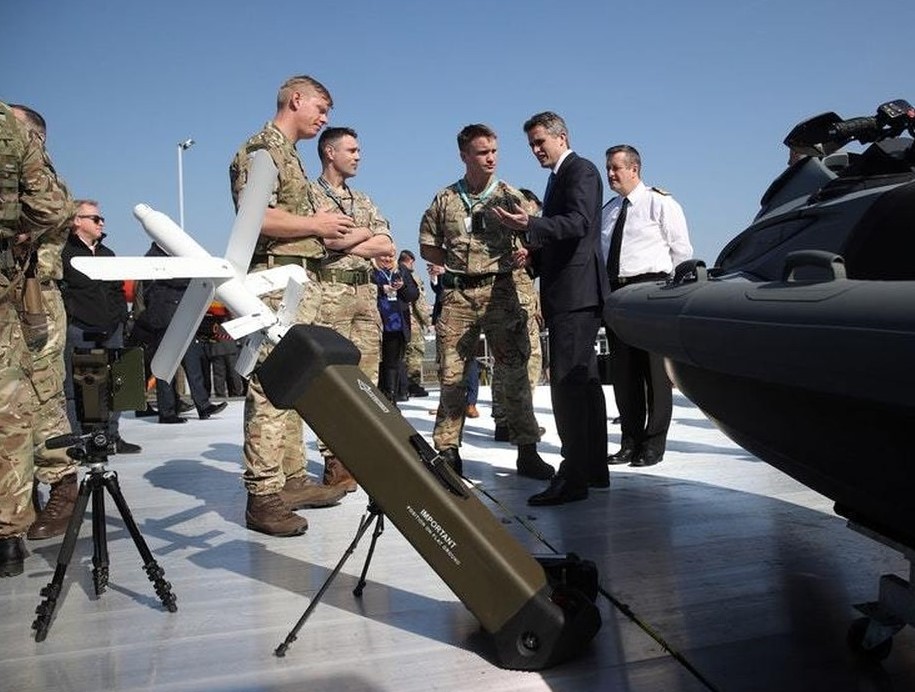
On Monday 1 April Secretary of State for Defence, Gavin Williamson announced an investment of £75m for innovative projects in the Royal Navy.
This portion of the recently secured Defence Transformation Fund will go towards investigating and developing robots and autonomous mine-hunters for maritime operations.
A direct beneficiary of this allocation will be NavyX, a joint industry and military high-tech accelerator.
NavyX will look to change the way the Royal Navy buys the latest technology, streamlining the process and creating a brand-new facility where industry, military and academia can test, assess and purchase new equipment.
The development of NavyX, which will combine the brightest military minds, civil servants, entrepreneurs and industry specialists, comes after the Royal Navy’s involvement in Unmanned Warrior, Commando Warrior and Information Warrior, all successful technology demonstrators run by MOD.
It also comes after Mr Williamson announced the first of the three Royal Navy Defence Transformation Fund programmes, an accelerated Concept and Development Phase for two new Littoral Strike Ships, in February.
Across the Ministry of Defence (MOD) innovation hubs and technology accelerators are gaining more attention and funding. The Rapid Capability Office within the Royal Air Force will likely be a core part of the technology demonstrators work for the Team Tempest programme, and wider Combat Air programme.
Likewise, J-Hub (the innovation hub based within Joint Forces Command) is proving to be a successful effort from Joint Force Command to reach out to the digital tech community. J-Hub has been so successful that the team is looking to expand to a new hub specifically for digital military medical solutions called MedHub.
These innovation hubs nestled within the individual Commands have a unique responsibility to engage with non-traditional industry players as well as an ability to move at a much quicker pace than the standard forms of contracting. Having them embedded within the Commands also allows the requirements of the customer and end-user to come through even stronger.
Spending the Defence Transformation Fund through these innovation hubs and accelerators is a good way to inject pace and innovation around the edges of the Equipment Plan and integrate new technologies. It also sustains a small number of SMEs looking to keep working into Defence. However, given the size and nature of the Defence budget and Equipment Plan it is a small part of a much bigger puzzle.
The ability to take the positive experiences from the different ways of working and pace of contracting into the wider MOD and DE&S will be an important indicator of success for industry.





